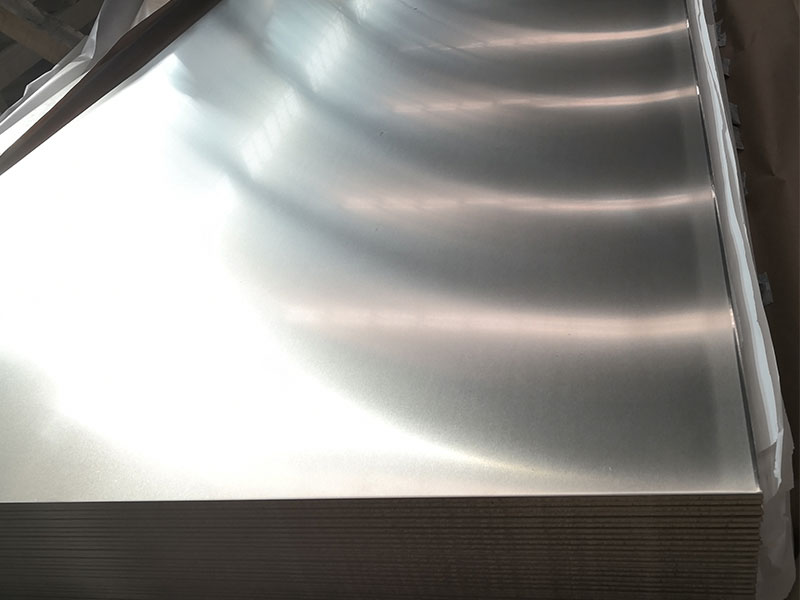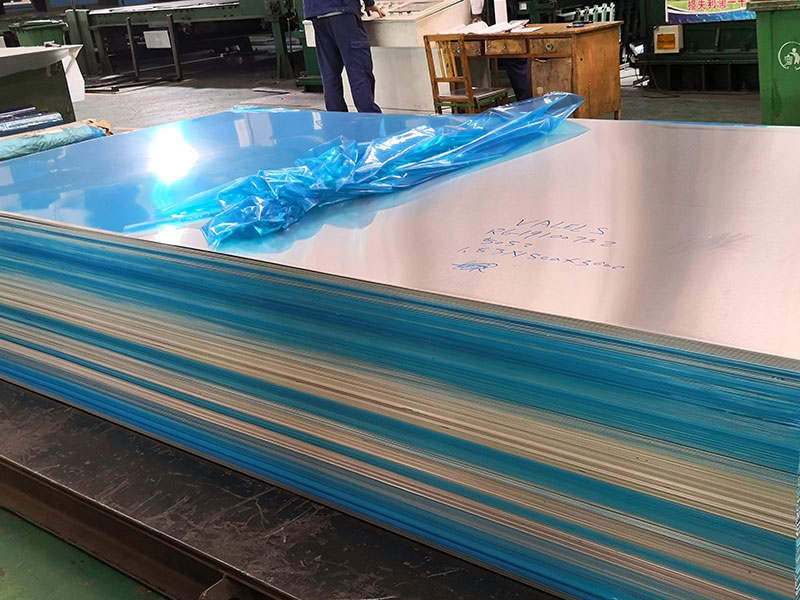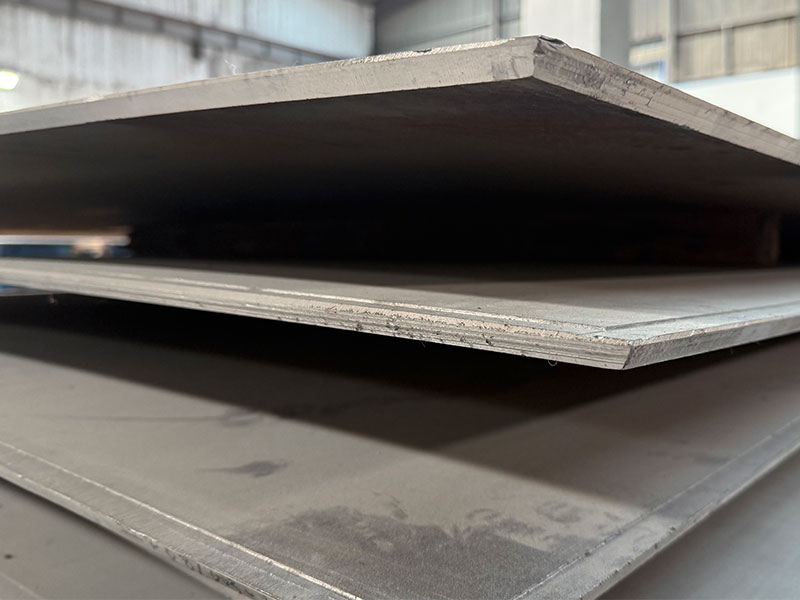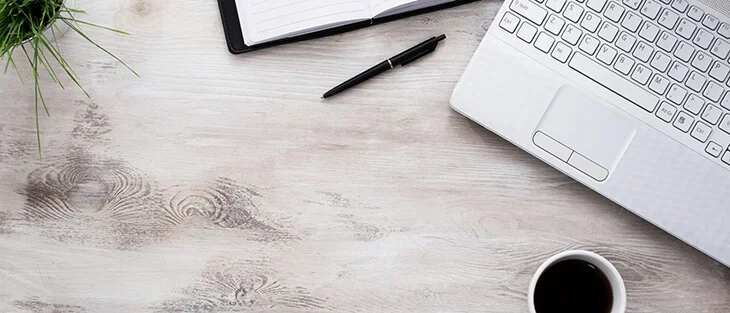Aluminum Sheet Plate alloy 5083 H111 for boat application
When it comes to manufacturing high-performance boats that demand strength, corrosion resistance, and long-lasting durability, Aluminum Sheet Plate Alloy 5083 H111 stands out as a superior material. In marine environments, choosing the right aluminum alloy is critical due to constant exposure to saltwater, varying temperatures, and mechanical stresses. Alloy 5083 H111 has been specifically engineered to meet and exceed these challenges, making it the cornerstone for marine aluminum construction.
Why Choose Aluminum Alloy 5083 H111 for Marine Applications?
Alloy 5083 is an aluminum-magnesium alloy known for exceptional corrosion resistance, particularly important in marine environments subjected to saltwater exposure. When tempered to H111 condition, this alloy delivers an optimized balance between work-hardening strength and excellent weldability, essential for boatbuilding processes.
Working with 5083 H111 aluminum sheet plate in our marine aluminum production line, I've noticed its popularity stems from a potent combination of properties ideal for boat building. Its weldability is a huge plus – we rarely encounter issues with cracking or porosity during fabrication, even with complex welds. This is crucial for efficiency and minimizing costly rework, especially on larger boat components like hulls. The material’s strength-to-weight ratio is also a significant selling point for our clients; it allows them to build lighter, more fuel-efficient boats without sacrificing structural integrity. We see less demand for thicker gauge materials because 5083 H111 offers excellent resistance to corrosion, even in saltwater environments, eliminating the need for excessive reinforcement.
However, working with this alloy also has its subtle nuances. The H111 temper, while offering good formability, necessitates careful consideration during bending and forming operations. Too much force can lead to cracking, and the operator needs experience to judge the material's response accurately. Furthermore, ensuring consistent surface finish throughout the production process is paramount, as any scratches or imperfections can become sites for potential corrosion over time. We have rigorous quality control measures in place to address this, including surface inspections and stringent cleaning protocols after any fabrication process. The extra care involved is ultimately justified by the superior performance and longevity the material provides to our customers' marine applications.
From an engineering perspective, Aluminum 5083 H111 represents a unique fusion of mechanical and chemical properties ensuring dimensional stability while maintaining flexibility under structural loads. Its ability to resist cracking due to stress corrosion and its enhanced toughness differentiates it from other marine-grade aluminum alloys.
The enhanced performance of 5083 H111 comes from its specific microstructural characteristics. The cold-working process, indicated by the H111 temper, transforms the grain structure into a uniform, strain-hardened arrangement, which improves tensile strength without compromising its corrosion resistance. This fine-tuned structure inhibits the development of pitting and intergranular corrosion, phenomena that typically compromise the integrity of aluminum in aquatic applications.
Moreover, the addition of magnesium between 4% to 4.9% creates a solid solution effect that increases strength while synergistically enhancing marine corrosion resistance. This alloy innovatively balances the concentration of critical elements to maintain molecular integrity under cyclic stress loads experienced in rough sea conditions — an aspect often overlooked but fundamental for the safety and longevity of marine vessels.
Technical Parameters of Alloy 5083 H111 Aluminum Sheet Plates
| Parameter | Specification |
|---|---|
| Alloy Type | 5083 |
| Temper | H111 |
| Thickness Range | 1.5mm - 250mm |
| Density | 2.66 g/cm³ |
| Tensile Strength (Rm) | ≥ 275 MPa |
| Yield Strength (Rp0.2) | ≥ 145 MPa |
| Elongation (%) | ≥ 12% |
| Hardness | ~85 HB |
| Conductivity | 29-32% IACS |
Chemical Composition of Aluminum Alloy 5083 (Weight %)
| Element | Minimum(%) | Maximum(%) |
|---|---|---|
| Magnesium | 4.0 | 4.9 |
| Manganese | 0.4 | 1.0 |
| Chromium | 0.05 | 0.25 |
| Iron | 0.4 | - |
| Silicon | 0.4 | - |
| Copper | - | 0.1 |
| Zinc | - | 0.25 |
| Aluminum | Balance |
Implementation Standards Ensure Reliable Quality and Agreements
The manufacturing of 5083 H111 grade aluminum sheet plates intended for marine vessels follows rigorous implementation standards including:
- ISO 6361 — Covers wrought aluminum and aluminum alloy sheet and strip for general engineering purposes.
- ASTM B209 — Standard specification for aluminum and aluminum-alloy sheet and plate.
- EN 485 — Aluminium and aluminium alloys - sheets, strips and plates — Technical conditions for inspection and delivery.
- DIN 1199 — Aluminum alloys classes and specifications for sheet metal.
Compliance with these standards ensures uniform chemical and physical properties, guaranteeing the fabrication of superior marine boats that comply with international maritime safety codes.
Alloy Tempering: Decoding the H111 Condition
Tempering classifications explain the treatment conditions. For 5083 H111:
- H indicates strain hardened.
- 1 suggests no subsequent thermal treatment performed after strain hardening.
- 11 describes that the sheet plate is strain-hardened and then partially annealed to a specified degree, balancing strength and ductility.
This subtle temper method allows marine fabricators to cut, weld, and form aluminum sheets with excellent mechanical stability crucial for minimizing issues like warping or cracking during shipbuilding.
Applications in the Marine Industry
Harnessing its properties, 5083 H111 marine aluminum is widely used in:
- Hull plating for fishing boats and high-speed vessels.
- Superstructures that require sturdy yet lightweight alloys.
- Deck components, providing corrosion resistance to aggressive environments.
- Fuel tanks and liquid containment adjacent to engine rooms, posing highly corrosive conditions.
Related Products
Marine 5052 aluminum plate
Marine 5052 Aluminum Plate is noted for its exceptional resistance to corrosion caused by seawater, salt spray, and marine atmospheres.
View DetailsMarine heavy duty aluminum plate
Marine Heavy Duty Aluminum Plates Sheets generally refer to thick aluminum alloy plates and heavy gauge sheets produced from marine-grade alloys such as 5083, 5086, 5059, and 5383.
View DetailsMarine 5059 aluminum plate
Marine 5059 Aluminum Plate is distinguished by its high magnesium content and carefully balanced alloying elements, designed to maximize strength without compromising corrosion resistance.
View DetailsMarine 5383 aluminum plate
The 5383 aluminum alloy belongs to the 5xxx series of aluminum-magnesium alloys known for remarkable resistance to marine corrosion and high strength.
View DetailsMarine 5086 aluminum plate
5086 Aluminum Plate belongs to the 5xxx series of aluminum-magnesium alloys. Its hallmark is a high magnesium content—generally between 4.0% and 4.9%—which delivers enhanced corrosion resistance, particularly against saltwater and marine atmospheric conditions.
View DetailsMarine aluminum steel clad plate
Aluminum / Steel Clad Plates consist of a sandwich construction in which a layer of marine-grade aluminum alloy is metallurgically bonded to a steel substrate.
View DetailsRelated Blog
5083 H116 marine grade aluminum alloy sheet plate
Superior corrosion resistance and high strength of 5083 H116 marine grade aluminum alloy sheet plate. Ideal for shipbuilding and marine structures, this alloy ensures durability in harsh sea conditions with excellent weldability and excellent workability.
View DetailsMarine 5083 5086 H116 Checkered Aluminum Plate for Deck Board
Premium Marine 5083/5086 H116 Checkered Aluminum Plate designed for deck boards. Boasting exceptional corrosion resistance, high strength, and durability, it meets marine industry standards for optimal performance in harsh sea environments.
View DetailsMarine Aluminum Alloy Plate 5052 5083 6061
Marine environments pose extreme challenges—constant exposure to saltwater corrosion, mechanical stresses, and environmental fluctuations demand materials that combine strength, durability, and corrosion resistance.
View DetailsMarine Grade Plate Aluminum Sheet 5083 O H116
When it comes to marine construction and offshore applications, selecting the right material is crucial. Marine Grade Aluminum Plate 5083 O H116 stands out as a top-tier solution, blending excellent mechanical properties, corrosion resistance.
View Details7.5 mm marine grade 5083 h16 h22 aluminium sheet plate
Marine environments are notoriously harsh, subjecting materials to saltwater corrosion, mechanical stress, and temperature fluctuations. Among the materials engineered to withstand these conditions, 7.
View DetailsAluminum Alloy Plate 5083 H24 for Marine
OverviewAluminum Alloy Plate 5083 H24 is a high-performance material widely favored in marine engineering due to its excellent combination of high strength, exceptional corrosion resistance, and good weldability.
View Details













Leave a Message